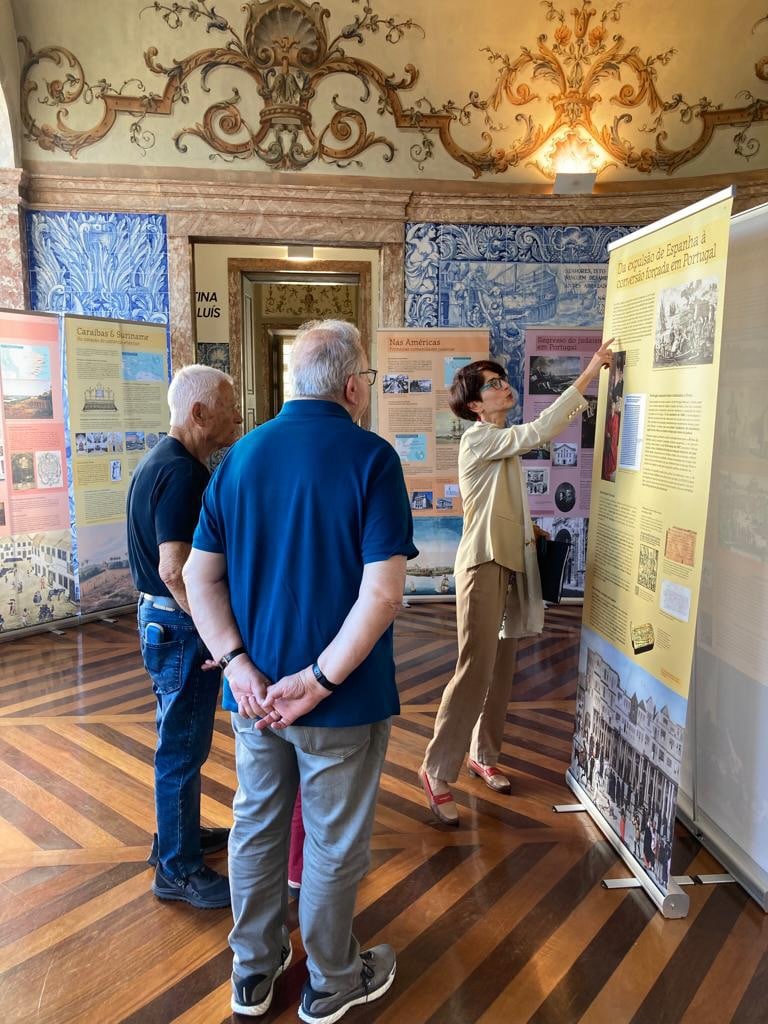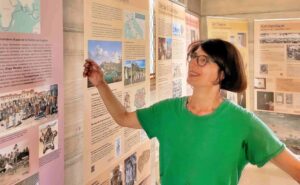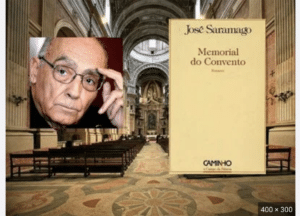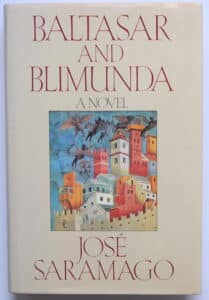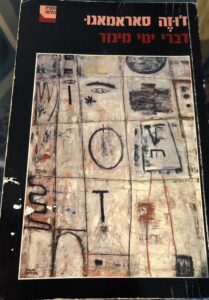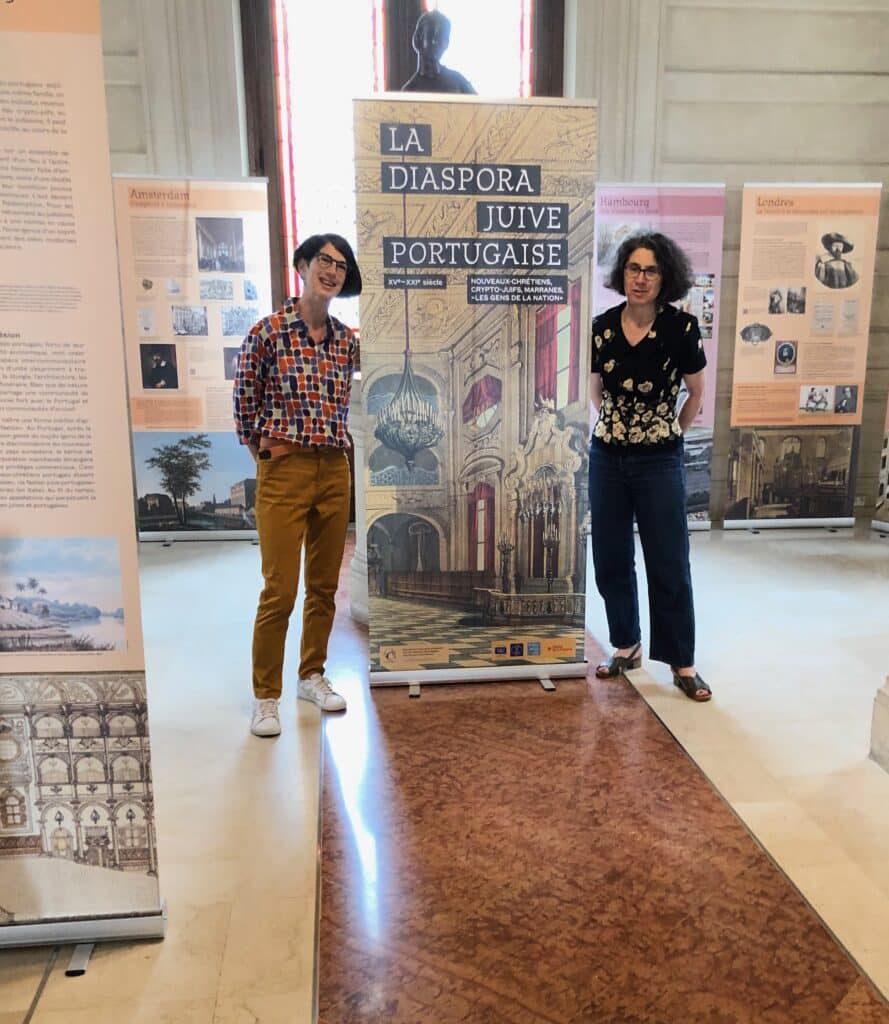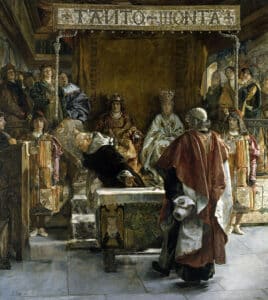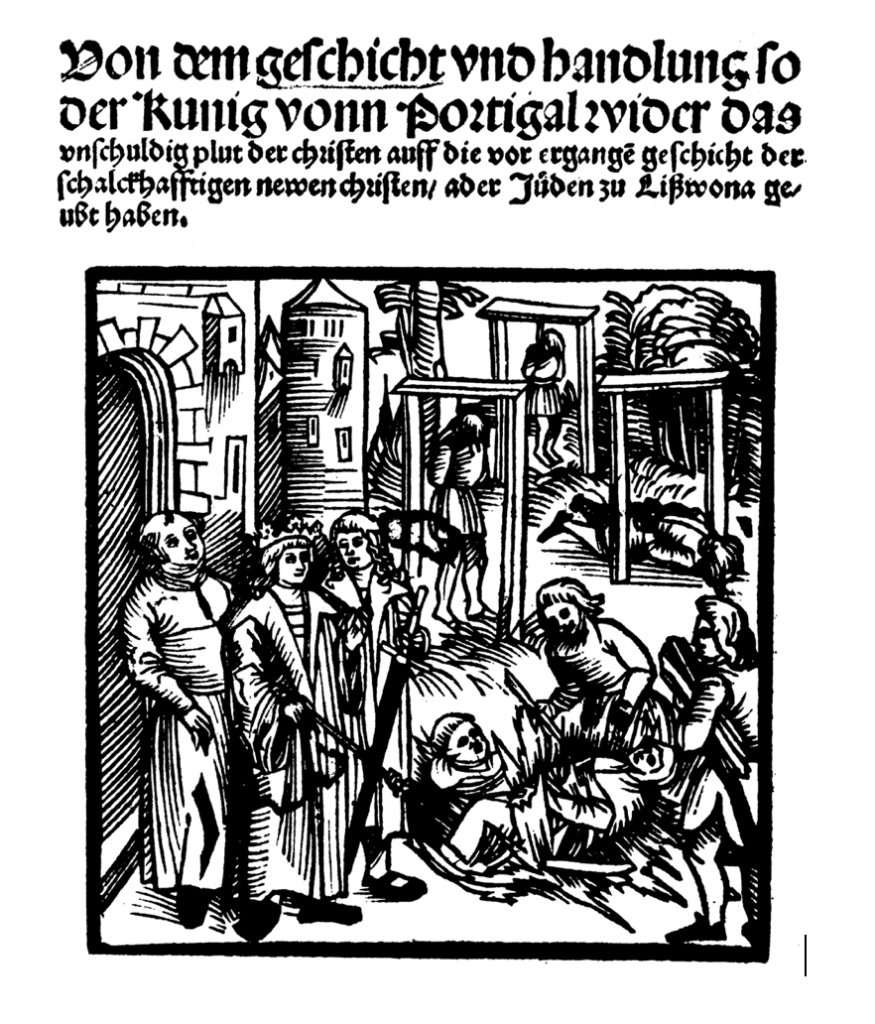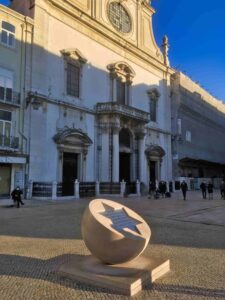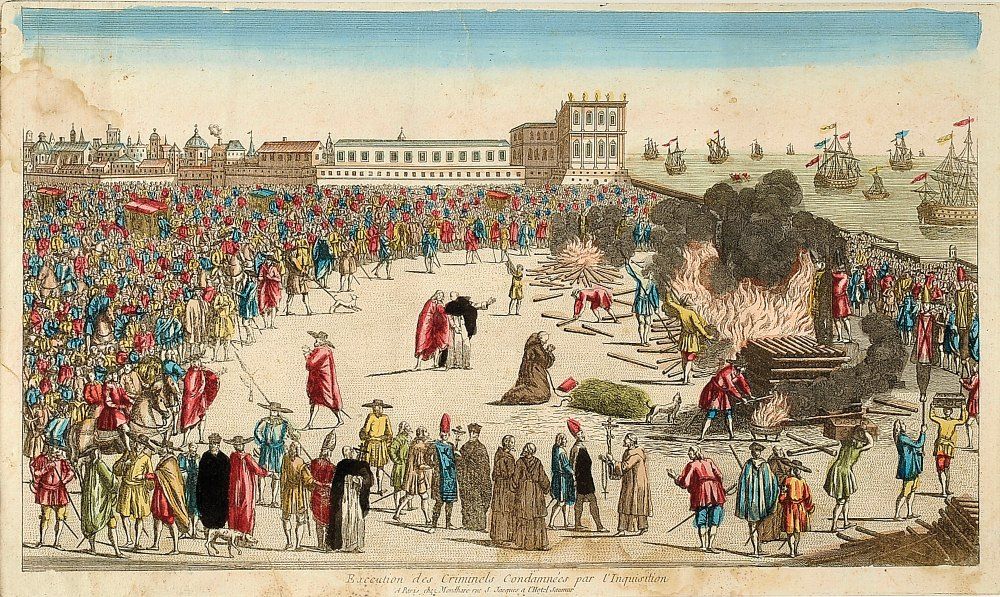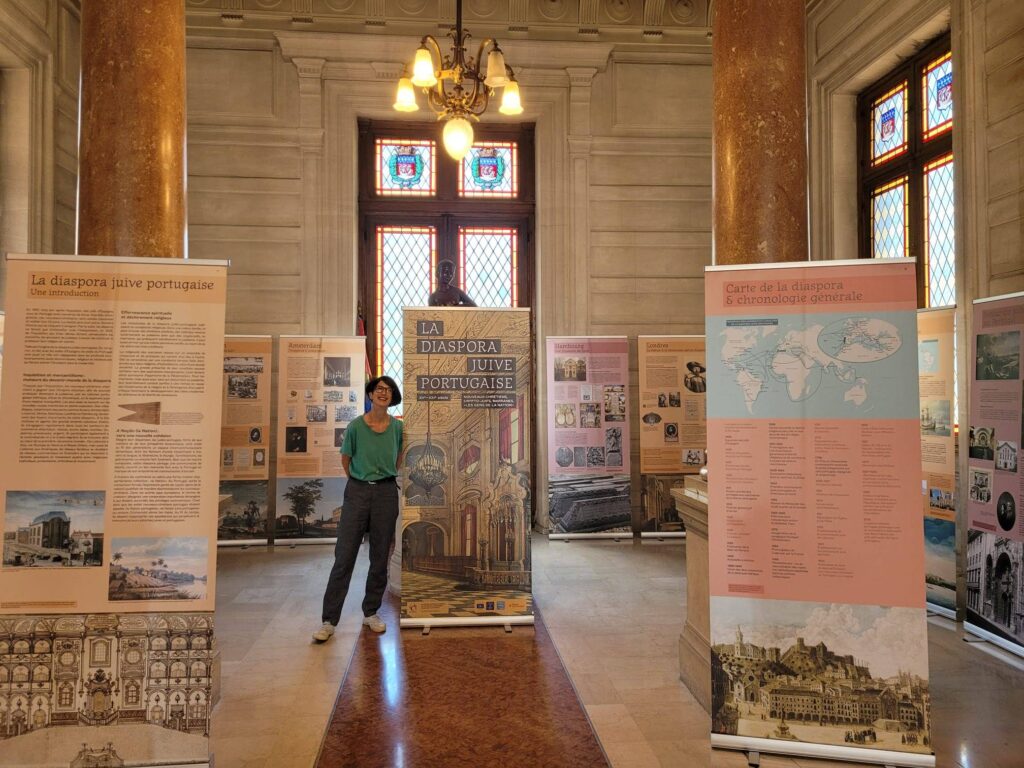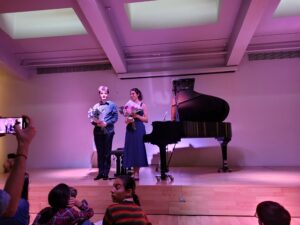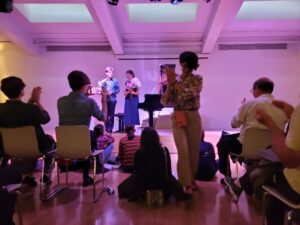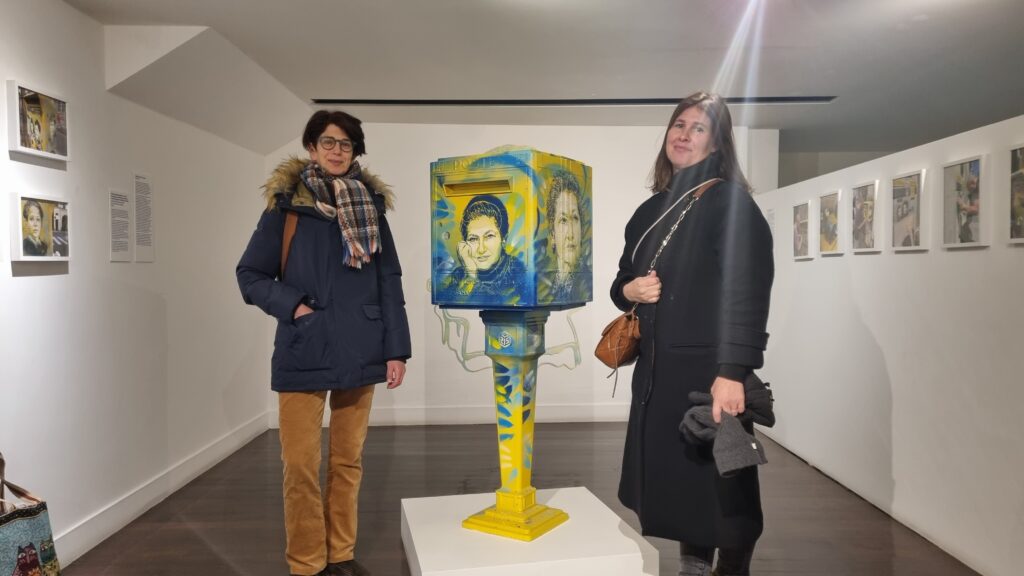A fascinating & lesser-known facet of Jewish History
Author : Livia – PhD in History
Blimunda questioned him further, What do you fear most, Padre Bartolomeu Lourenço, what will happen, or what is happening, What are you trying to say, That the Inquisition might be already hounding us, just as it hounded my mother, I know the signs all too well, it’s like an aura that encircles those who attract the attention of the Inquisitors, they have no idea what accusations are about to be made, yet they already behave as if they were guilty, I know what I shall be accused of when my hour comes, they will say that I have been converted from Judaism, and it’s true, they will say that I devote myself to sorcery, and that’s also true, if this Passarola is sorcery and all those other arts I am forever studying, and with these confidences I put myself in your hands, and I shall be lost if you denounce me.
– José Saramago, Balthasar and Blimunda
*translated from Portuguese – 1988
1 – The power of literature – from literature to history
In 1998 the Nobel prize in literature was awarded to the Portuguese writer José Saramago, 76 years old, for his “parables sustained by imagination, compassion and irony continually enables us once again to apprehend an illusory reality”. Saramago’s first novel was published when he was 25 (1947), but it was only when he was sixty that he achieved widespread recognition and an international acclaim, with the publication of his fourth novel Memorial do Convento (1982). Set during the 18th century in Lisbon, the novel interweaves magnificently the love between a mutilated soldier and a young clairvoyant, with the construction of the Convent of Mafra and interacts with historical characters such as the composer and harpsichordist Domenico Scarlatti and the priest Bartolomeu de Gusmão, considered today as an aviation pioneer, all in the shadow of the Inquisition.
The novel was quickly translated to various languages. I was lucky to read it in Hebrew, my mother tongue, during my first years of History studies in Paris. Fascinated by this captivating, I thus discovered not only a great author, but also the immense and destructive impact of the Portuguese Inquisition (1536-1821) on the History of that country, and more specifically, the History of Portuguese Judaism. A few months later, I decided to visit Portugal for the first time and to attend a summer language course. Upon my return to Paris, I started my master’s degree, writing a thesis on the amazing discovery of secret Jews, known as Marranos, living in the North-East of Portugal in the 20th Century! (See: Samuel Schwarz the Discoverer of the Marranos).
A few years later, I defended my Ph.D. thesis in which I analyzed various aspects of “Jewish presence” in contemporary Portugal.
It was an honor and a moment of great emotion for me to receive a dedication from José Saramago (guest of honor at the yearly book fair in Paris, Portugal was the featured country): “With all the sympathy and the satisfaction to have entered the Portuguese language into your life”.
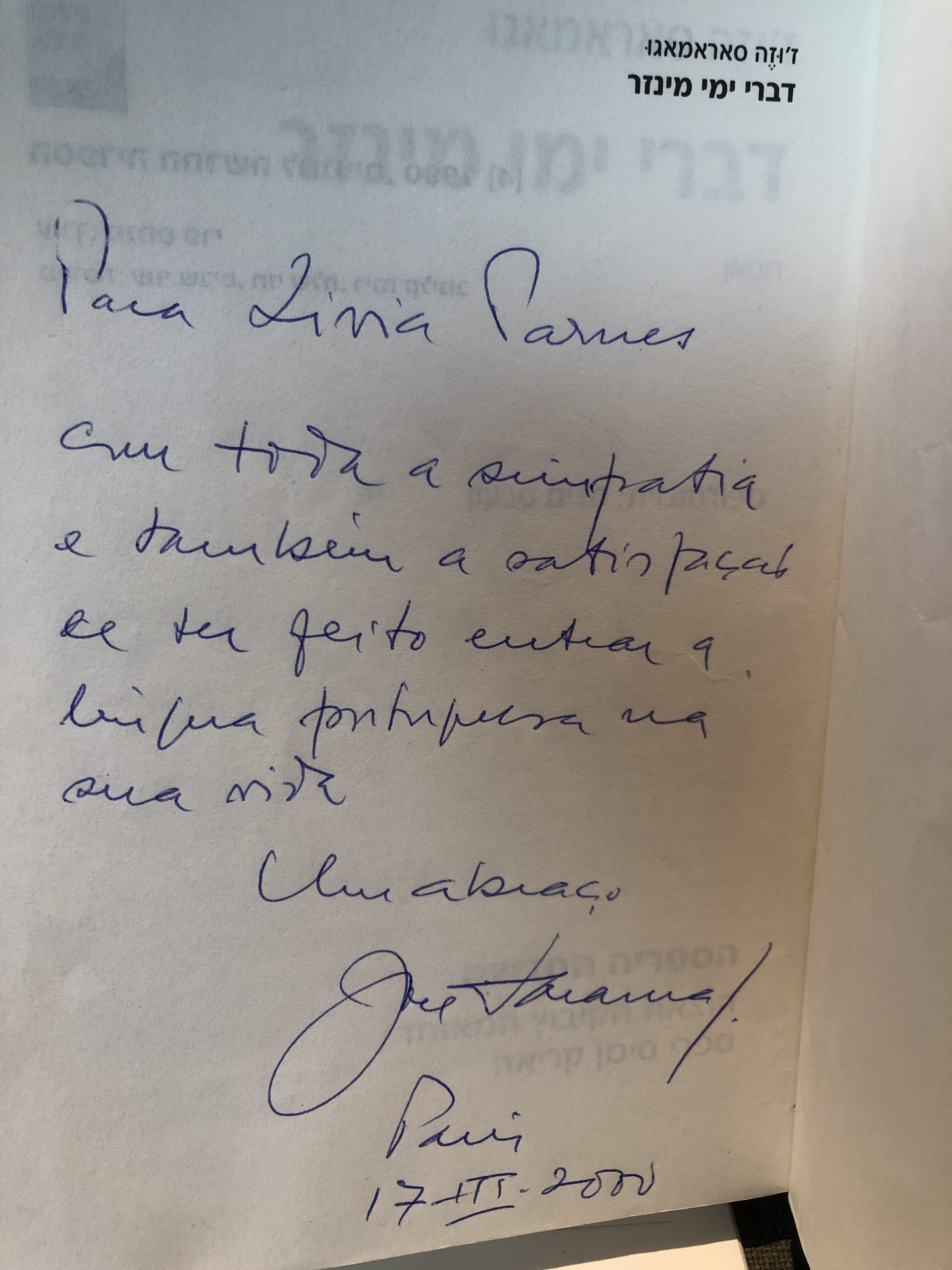
2 – From books to a travelling exhibition
Looking backwards, this beautiful entrance of the Portuguese language in my life, was also a key point in my professional life. It led to a long collaboration – and a life friendship – with Anne Lima, co-founder of a French publishing house, Les éditions Chandeigne, specializing in the Portuguese-speaking world: Voyage journals, essays and literature, art…
One of the it’s collections, Péninsules, deals with the question of identity and acculturation, and seeks to make better known the specificity of Portuguese Jewish history, which, until today, remains lesser known, and in the shadow of Spanish Judaism. Yet it is NOT the same history and that of Portuguese Judaism presents different characteristic which will be crucial on its development. But Chandeigne is not a regular Publishing house… Its philosophy is to connect books to other artistic forms. For years, Chandeigne has been organizing cultural events, producing musical readings, concerts, workshops, theatrical adaptations etc. And here’s how the idea of a traveling exhibition on the fascinating history of the Jewish Portuguese Diaspora came about. It is a religious, socio-economic, and intellectual history that we wanted to share and make better known. The exhibition places the history of the Portuguese Jewish Diaspora withing the context of the history of Portugal and that of Modern Europe.
3 – A particular diaspora without an expulsion
Everyone knows about the expulsion of Jews from the Crown of Castille and Aragon, following the Alhambra Decree issued on 31 of March 1942, by the Catholic monarchs Isabella and Ferdinand. The main purpose of the expulsion was curiosity enough to reduce the influence of the Jews on many formerly Jewish people who were forced to convert, thus becoming conversos, or called “New Christians”, because of the ongoing persecutions and pogroms in Spain which occurred since 1391. The 1492 expulsion is the beginning of the large Spanish Diaspora.
In the picture below, Oil by Emilio Sala y Francés (1889), the Grand Inquisitor friar Tomás de Torquemada offers to the Catholic Monarchs the Edict of Expulsion of the Jews from Spain for their signature (1492).
But what happened in Portugal?
Many of the Spanish expelled Jews manage to enter and stay in Portugal, where Jews continued to benefit from an exceptional royal protection and legal autonomy (in comparison to other places in Europe at that time).
Everything changed when King Manuel I of Portugal decided to marry the daughter of the rulers of Spain, Infanta Isabella. The princess agreed on the condition that Manuel expel all the Jews from his kingdom as well (those who would not convert to Christianity). There was indeed a royal Decree issued on December 5, 1496: Jews were given ten months to leave the country under pain of death. However, fearing a substantial fall in revenue because of the departure of “his Jews” – who were at that time 10% of the population! –, Manuel had to find a way how to suppress the legal existence of Judaism in his kingdom yet keep the Jews.
4 – The Solutions
The mass conversion to Christianity
The King of Portugal started to execute his plan in March 1497, during Passover, by ordering that all Jewish children under the age of 14 are to be baptized.
They were then to be placed in Christian homes. Later that same year, all Jews who didn’t manage to leave Portugal before had found themselves trapped – the King closed 2 out of the 3 ports meant for embarkation of the Jews – and were dragged to the baptismal fonts. Thus, contrary to Spain, in 1497, it is the entire Jewish community in Portugal that suddenly found itself converted by one brutal and irrevocable act.
The forced assimilation in the Portuguese society
What happened right after this mass conversion is also crucial! The king’s plan was to do everything to assimilate this “New Christians”, socially and religiously, so that they would integrate in the Portuguese society and soon forget their previous faith.
First, all the new converts had to change their family names. The Jewish quarters (judiarias) were dismantled, the communities’ books and goods confiscated, synagogues expropriated sometimes transformed into churches, and cemeteries into pastures.
Secondly, the king decreed that no distinction was to be made between “New” and “Old” Christians, which meant that all the professions that previously were forbidden to jews, opened for the converts. Indeed, many of them started to have successful careers in public administration, in the sciences and in the universities. Many others turned to commerce and finance.
Finally, the King issued a decree that for 40 years exempted the converts from ANY survey about the sincerity of their conversion. Thus, since there was NOT YET an inquisition in Portugal, the new converts were not submitted to any inquiry about their religious life. This as we’ll see, will turn out to be crucial for the development of the Portuguese Jewish history!
However, the king’s plan failed, both socially and religiously !
The massacre of “New Christians” in Lisbon – 1506
On one hand, the social and economic success of the New Christians soon kindled the traditional enmity towards the Jews. The violence against them reached a paroxysm in 1506, when, on the 19th of April (day of Passover), a massacre of New Christians began in the Church of São Domingos in the heart of Lisbon. It would continue for three days in the streets of Lisbon. 2000 New Christians were brutally killed.
Vom christenlichen Streyt (Of Christian Combat)
Pamphlet on the 1506 massacre of Lisbon, written by a German merchant
In the Largo do São Domingos, Lisbon,
since 2008, a monument commemorates the massacre of 1506.
For further reading: https://eprints.soton.ac.uk/65962/1/Francois_SoyerLisbon1506.pdf
The Lisbon Massacre of 1506 by the notorious historian Yosef Hayim Yerushalmi.
5 – Crypto Judaism & the origin of Portuguese Marranism
On the other hand, the relative religious tolerance from which the New Christians benefitted in the years after the conversion allowed them to create links of solidarity among themselves, and more precisely to transmit and pass down what they knew and remembered from Judaism to their descendants and thus to form a kind of religion practiced in privacy and in secrecy, which we call Crypto-Judaism (Secret Judaism), or Marranism. (See frame). This situation lasted for 40 years. In 1536 an Inquisition is finally introduced to Portugal and its dreadful persecution would last for almost 300 years (until 1821).
In this respect, these 40 years that separated the forced conversion (1497) from the introduction of the Inquisition (1536) permitted the consolidation of Portuguese crypto-Judaism and are one of the keys to understand its survival and its endurance until the 20th Century!
Auto da fé in Lisbon, 18th Century
(French School, undated)
6 – The Jewish Portuguese Diaspora begins
In this context of religious persecution, the New Converts start to migrate.
They migrate mainly in search of places to practice their Judaism freely, more or less. They also migrate in search of better living conditions.
This marks the beginning of the vast Jewish Portuguese Diaspora.
Among them, many merchants, some of whom already had commercial and financial networks with co-religionists in the Maghreb in the East or with merchant companies in Europe. Moreover, the time was right: it was the dawn of mercantilism, and for the Portuguese – the beginning of maritime expansion and colonialism. Thus, from the 16th to the 18th Century, the exiles from Portugal will perform a significant role in the profound socio-economic, religious and intellectual changes which ushered the whole of Western Civilization into modernity.
Definitions:
What is the Inquisition ?
An ecclesiastical tribunal established by the Holy See in medieval times to suppress heretics. In the Iberian Peninsula, its main task was to fight against the Judaizing heresy, which was the result of massive conversions.
The Inquisition cannot investigate and punish Jews (or Muslims) who were NOT converted.
What are the Marranos ?
The word Marrano derives from Castilian and Portuguese words which means ‘pork’. In the Middle Ages, it was used as an insult to converts who abstained from pork. Curiously, this term is absent from the Inquisitorial archives. Today, several historians use it in a neutral sense to designate crypto-Jews (secret Jews). It has even become nowadays a symbol of heroism and resilience.
What is next?
We will be talking about the many Roads of the Jewish Portuguese Diaspora, and you will be surprised by the Marranos’ unity despite their geographical dispersion, and I will talk about two exceptional figures from the Jews of Portugal.
After the History exhibit, Livia invited two young pianists to play the music composed by Jewish Portuguese composers who were deported.
Thankfully, their music partitions survived.
Meet the Author?
Meet Livia on our Private Jewish walking tour in Paris
Livia and Flora collaborate together on the Jewish History of France and offer a selection of Jewish walking tours in Paris for the travelers.
From le Marais to the Louvre, Nissim de Camondo, Shoah Memorial and more, you can explore the many facets of the Jewish History in Paris with a special team of tour guides.
Contact us for booking information.
